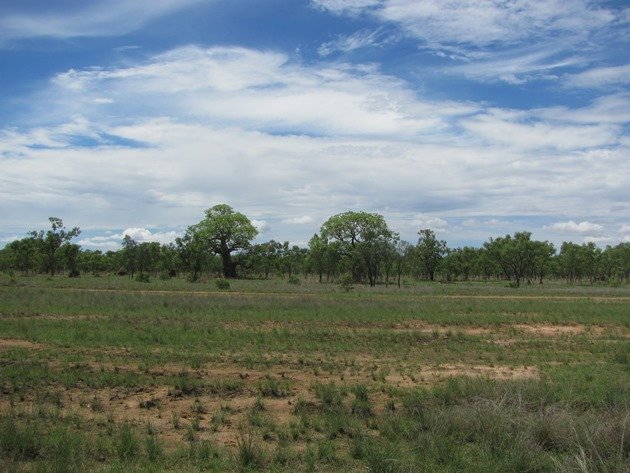
Over the fifteen years that we have lived permanently in Broome we have never been north to our closest town, Derby, during December. Derby is approximately 225 kilometres from Broome and has had almost three times the rainfall that Broome has had so far this month and so we thought it would be interesting to go and investigate the various birding areas that we knew of from other visits during our dry months. I wrote of some birding areas around Derby in August 2012 and we hoped that we would be able to get to some of those this last week. We were prepared to walk as required and also carried a lot more water due to the much hotter weather and the likelihood of potential storm meant that an umbrella was put in the vehicle. In fact when we left home Monday morning for the drive north we were wondering if we had chosen a good day to head to Derby, because it was drizzling as we left home and the rain then became torrential and the water was pouring off the side of the road. We decided to continue on, due to the fact that many of the storms we get at this time of year can be quite isolated. In fact the sky had started to clear about 90 minutes into the journey north and we were able to stop near Willare to check for any bird-life around the lagoons and then continue north towards Derby. Fairy Martins were busy nesting under the bridge and the water body and surrounds were home to Glossy Ibis, Black-necked Stork, Australasian Grebe, Australasian Darter, Plumed Whistling-Ducks, White-faced Herons and Great Egret to name a few species. The birds in the surrounding trees included Restless Flycatchers, Peaceful Doves, White-breasted Woodswallows and Grey Shrike-thrush. Galahs and Red-tailed Black Cockatoos called noisily overhead and the honeyeater family were represented by Brown Honeyeaters, Yellow-tinted Honeyeaters and Rufous-throated Honeyeaters.
Our plan was to visit the clay-pan area 20 kilometres to the south of Derby and due to a flooded track we left our vehicle in the shade near the highway and went into the area on foot. The whole area is spectacularly green after the rain and the trees look so lush. It is a completely different environment to visit and the land was flooded from the recent rain. The Boab trees in particular look amazing and I could not resist taking a few photographs!
Boabs in the “Wet Season”
As we approached the pools of rain water on the track that we would normally drive in on there were Long-tailed Finch dropping down for a drink and further along we had some very hot looking Rainbow Bee-eaters roosting in a tree and also nipping down to drink. It was hot, no denying that, and we looked equally hot to them no doubt!
Birds visiting the puddle in the track!
Long-tailed Finch
Rainbow Bee-eaters trying to keep cool in the shade!
It took about half an hour to reach the main water body of the clay-pans which remains throughout the year most years. There were huge numbers of birds present and they were either roosting in the shade or in the water itself. The Plumed Whistling-Ducks were the duck species most heavily represented, but Grey Teal, Pacific Black Ducks and Wandering Whistling-Ducks were also present. Glossy Ibis, White Ibis and Eurasian Coot were present and Purple Swamphens and the long legged Black-winged Stilt were wandering the edges of the water body.
Plumed Whistling-Ducks, Glossy Ibis and Little Black Cormorants
Plumed Whistling-Ducks
Black-winged Stilt
Further along we came across a small group of Royal Spoonbills, Little Black Cormorant and the occasional Common Greenshank and suddenly everything took to the skies. It didn’t take long to work out that a White-bellied Sea-Eagle had decided to enter the area and gave us another opportunity to identify any bird species that may have been hiding in the shade. We took the opportunity to walk/wade around the main body and soon came across three Red-kneed Dotterels. In fact we also added Brown Quail to the list for the area as we wandered along the track, because the grass had become quite long and I am not sure who jumped higher….us or the Brown Quail! Well, the Brown Quail flew and then dropped and ran!
Red-kneed Dotterels
The only tern species that we saw in the area was a small flock of Whiskered Terns which you could not get close to. There were White-faced Herons and White-necked Herons perched high in some dead trees at the far end of the main water body and Brolga flew overhead on several occasions.
Whiskered Terns and Black-winged Stilt
Brolga in flight
Birds observed in the surrounding trees and bushes were Red-backed Fairy-wrens, Little Friarbirds, Double-barred Finches, Blue-winged Kookaburra, Sacred Kingfisher, Willie Wagtail, Yellow-tinted Honeyeaters, Rufous Whistler, Crested Pigeons, Olive-backed Oriole, Striated Pardalote and White-winged Triller. The raptors present were Black Kites and Whistling Kites. The area is rich in bird-life and no doubt the more time spent in the area the more that you will observe. We observed a Grey-crowned Babbler flying out of a Boab tree and soon realised that it had come out of a roost where the family group will gather. In fact it looked as if it was especially designed for the “Wet Season” with an overhang to keep the rain out!
Grey-crowned Babbler roost
It took us just over two hours for a leisurely stroll around the flooded area from the highway, but this may soon take longer as each rainfall event adds water to the system. It is definitely worth a visit north to Derby in December to observe birds, but you will need a lot more water to drink than in August! We then continued on to walk the Botanical trail in town and visit the Poo Ponds followed by a visit to the wharf. Those areas were a lot quieter as far as bird-life goes, but it was already the middle of the day and the sun had come out to its full strength and the sky was almost clear. We are now considering that if time allows we should visit Derby a few more times this “Wet Season” and see what bird-life changes there are. It just requires more fluid replacement this time of year and a change of clothes….or two!
Good Luck to everyone with topping up their year lists in the next few days and it is soon time to start all over again….a New Year…a new Year List!! Enjoy the last few days of 2014 and all the best for 2015!


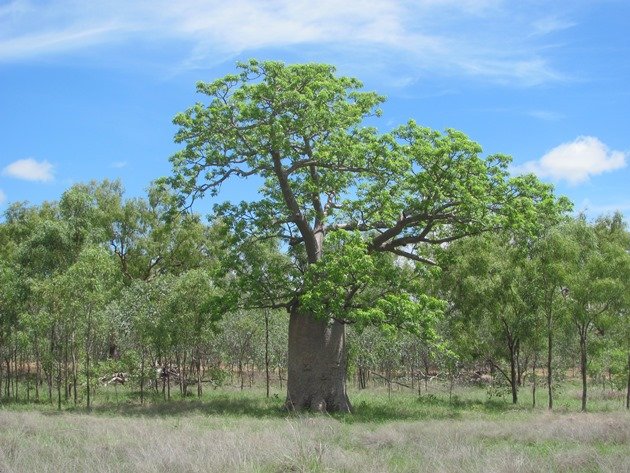
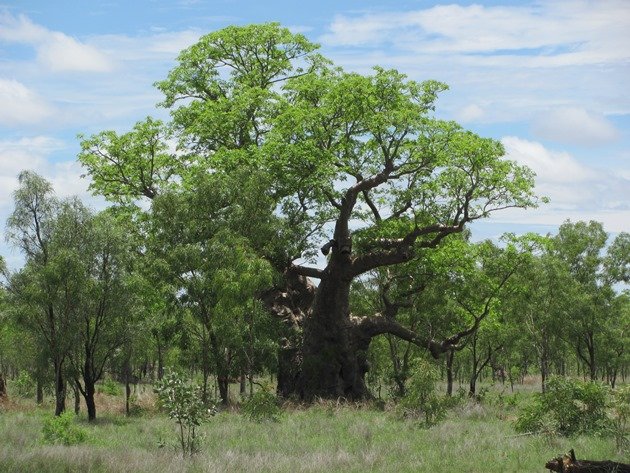
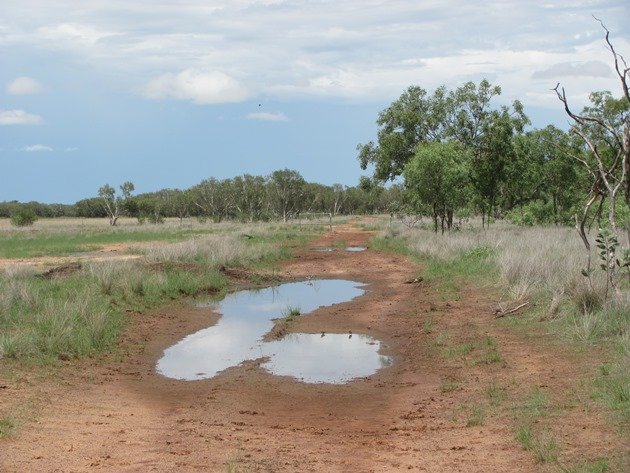
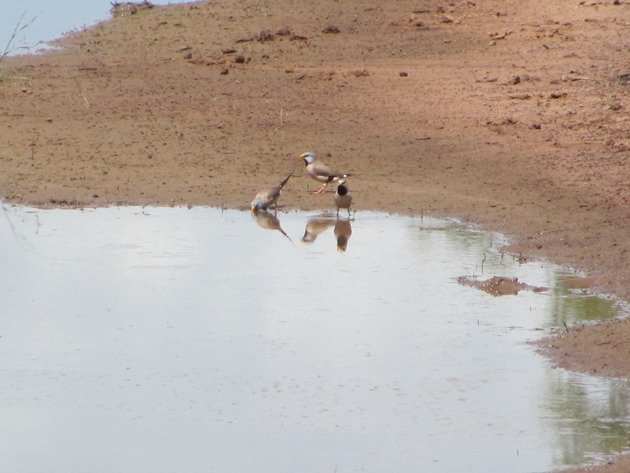
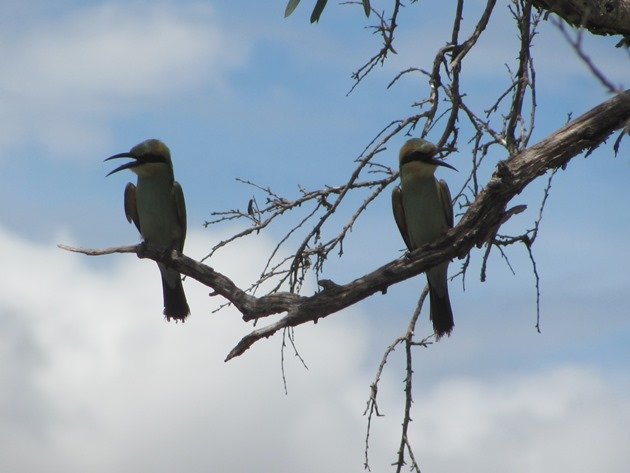
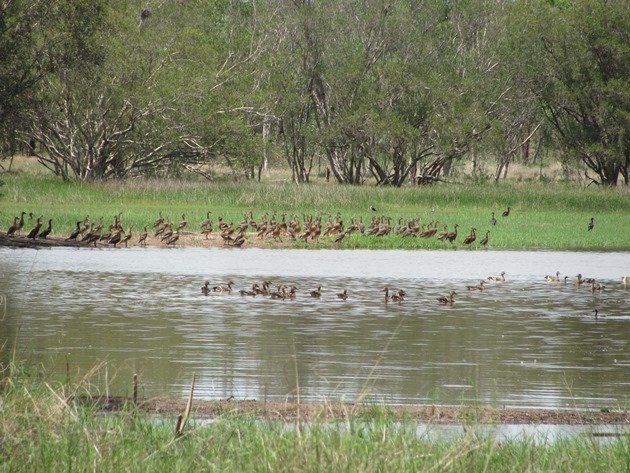
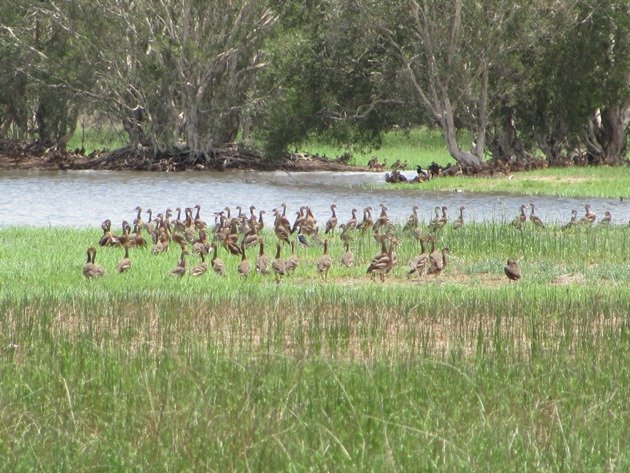
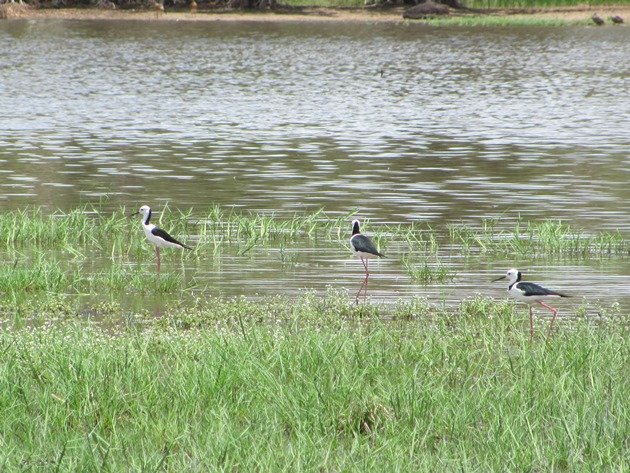
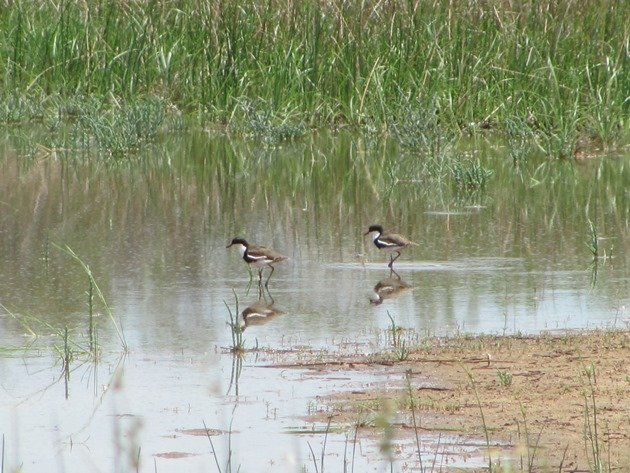
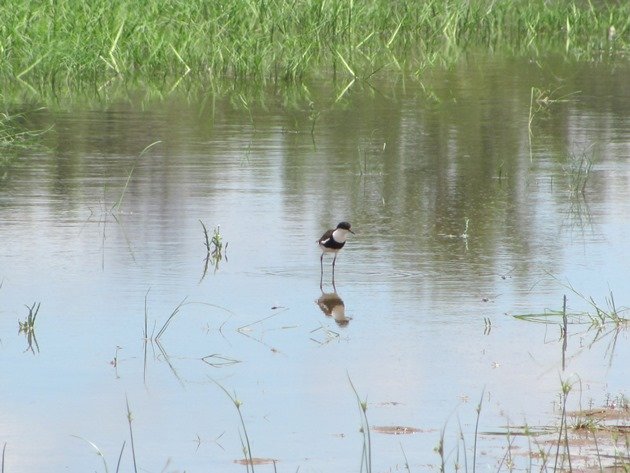
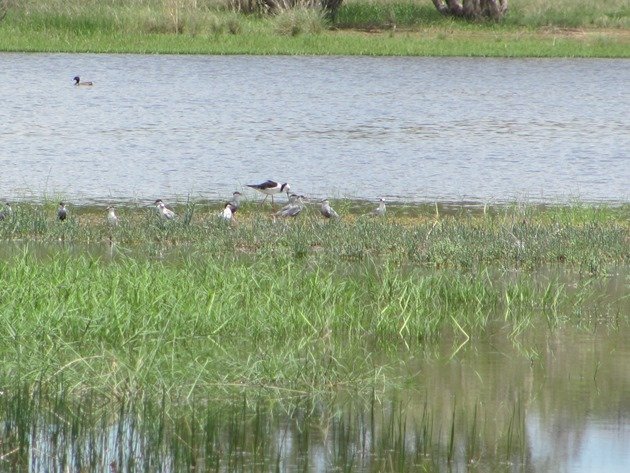
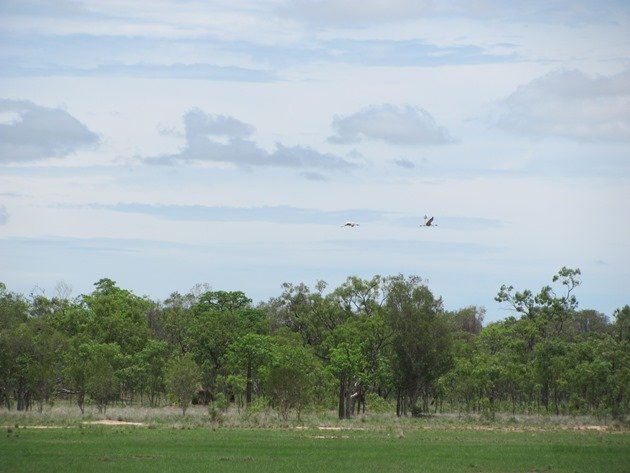
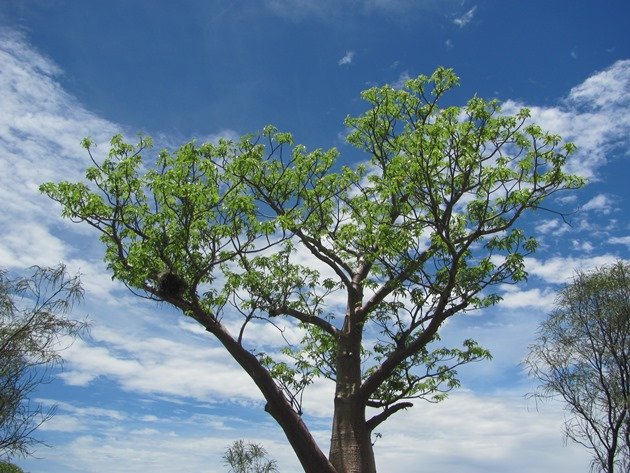
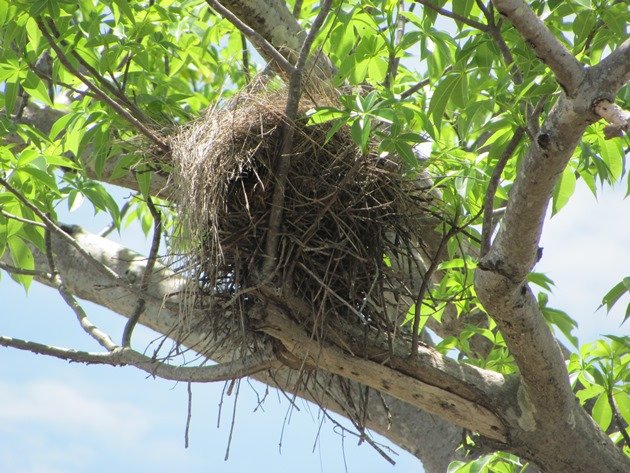











It’s often interesting to visit the same spot at different seasons, and it obviously was on your trip, which I enjoyed reading about.
Thanks, Sonja. The ephemeral lakes around Broome are drying fast while we wait for rain! 🙂